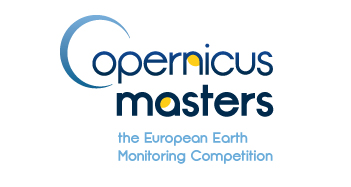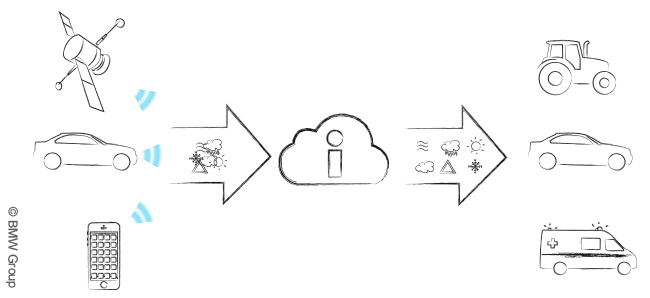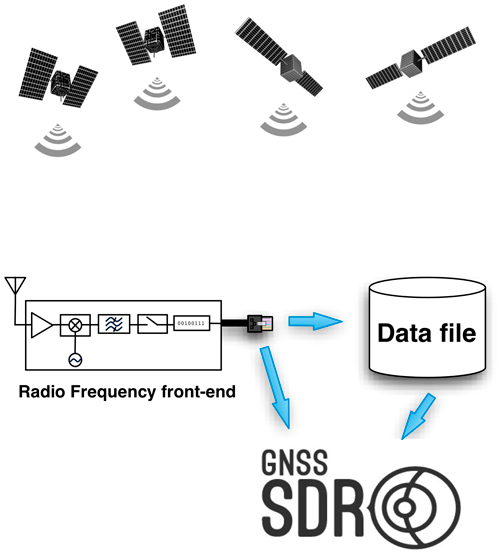
Copernicus Masters 2013: Earth Monitoring Competition to award EUR 335,000 in prizes and Satellite data
The European Geomatics environment is really something I envy. If the European Satellite Navigation Competition held earlier this year was about getting crowned as the Galileo Master for coming up with innovative ideas for utilizing Europe’s own GPS i.e. GALILEO, the Copernicus Masters is all about remote sensing!
The European Earth Monitoring Competition Copernicus Masters is rewarding ideas and innovative solutions benefitting business and society based on Earth observation data. Entries will be accepted in nine categories from 1 June until 15 September 2013. This year, the BMW Group Research and Technology has joined the competition as new supporting partner, with its “ConnectedDrive” Challenge.
 You can actually target any one of the nine challenges (I like to call them opportunities) that the Copernicus Masters has on offer. Here’s where you can get more information regarding them.
You can actually target any one of the nine challenges (I like to call them opportunities) that the Copernicus Masters has on offer. Here’s where you can get more information regarding them.
What makes the Copernicus Masters unique and happening is the variety in the challenges that it offers.
I can’t recall any Satellite Remote Sensing Competition having a challenge where the participants can use their artist skills; I am talking GEO Illustration!
Participants in the GEO Illustration Challenge “Traces of Humankind” will be asked to reveal and illustrate humankind’s footprint on our planet – including all manner of effects produced by both current and long past developments – in vivid, artistic ways based on satellite images. But sadly only European Citizens are eligible for this particular GEO Illustration challenge. The main reason why I envy the European Geomatics Environment!
My personal favourite among the nine “opportunities” is the BMW Challenge. BMW has been focussing quite a lot on the connected car concept – in fact, Aleks wrote about it this morning, so in a sense there are no surprises that “The BMW ConnectedDrive Challenge will reward the best idea that either brings a thrilling new service into the car using Copernicus data or unleashes novel business potential using crowdsourced, high-value Earth-monitoring data”
Cant blame me for being biased towards navigation 😉
There’s an App challenge for all the android and iPhone programmers, the High resolution challenge for the “loyal” remote sensing enthusiasts .
Well that’s enough of me taking about the challenges 🙂 Good Luck with your ideas!
All hail the Copernicus Competition!
Copernicus?! Well, actually the European Satellite Navigation Competition was aptly called the GALILEO master after EU’s GNSS system. The Copernicus was something I had to dig deeper to find out. The former Global Monitoring for Environment and Security which is one of EU’s grand satellite programs was renamed as Copernicus in 2011. In short, its the European Earth Observation Program.
Did you like this post? Read more and subscribe to our monthly newsletter!







